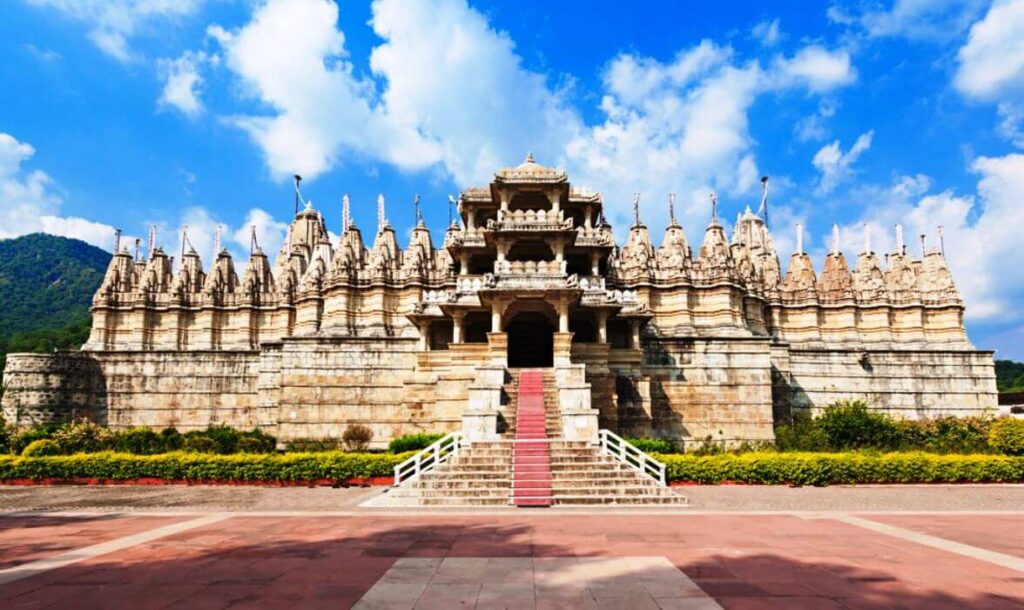Each of the three Jain tiththankaras (saints) is honored by one of the five main temples in the Dilwara complex.
Shri Mahaveer Swami Temple was established in 1582 and devoted to Jainism’s 24th Tirthankara, Lord Mahaveer.
The oldest temple, dedicated to Shri Adinath Ji, the first Jain Tirthankara, was built in 1031 A.D. and is known as the **Shri AdiNath Temple (Vimal Vasahi Temple).
Third, the Shri ParshavNath Temple (Khartar Vasahi Temple), dedicated to Lord Parshvanath, the 23rd Tirthankara, was constructed between 1458 and 59 A.D.
Shri Rishabdaoji Temple, also known as Peethalhar Temple, was constructed by Bhima Shah, a minister from Gujarat, and is well-known for its use of brass metal for most statues.
The Luna Vasahi Temple, or Shri Nemi Nathji Temple, was built in 1230 A.D. by Tejpal and Vastupal and is dedicated to the 22nd Tirthankara, Shri Nemi Nathji.



